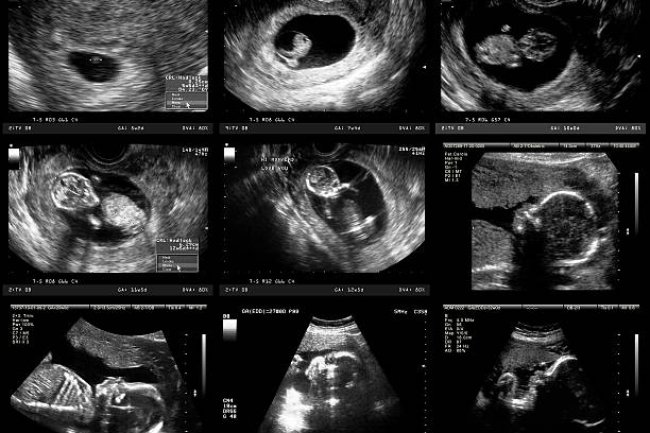What is a migraine? What does a migraine look like?
Migraine is a common neurological condition that can cause a wide range of symptoms. The most severe are throbbing headaches on one side of the head.

Migraine is a common neurological condition that can cause a wide range of symptoms. The most severe are throbbing headaches on one side of the head. Physical activity, light, sound, and smells can make your migraine worse. This can last up to four hours, or even days. This genetic disorder affects approximately 12% of Americans. It is the sixth most severe disease in the world, according to research.
What are the different types of headaches? What is the difference between a migraine and a headache?
There are more than 150 types of headaches. They can be divided into two groups: primary and secondary. A migraine is a primary headache. This means that the migraine is not caused by any other medical condition. Primary headache disorders can only be diagnosed by a doctor. There is no imaging or blood test to confirm it. Secondary headaches are a sign of another health problem.
What's an aura?
Aura is a combination of sensory, motor, and speech symptoms that can signal that a migraine headache is coming on. It is often mistakenly thought to be a stroke or seizure. However, it can occur before or after the headache pain. Auras can last anywhere from 10 to 60 seconds. Auras are a common symptom in migraine sufferers.
Aura symptoms can be reversed, which means they can be stopped/healed. Aura symptoms can include:
- Bright flashing lights, sparkles or dots.
- Your vision is not clear.
- Tingling or numb skin
- Speech changes.
- Tinnitus is ringing in the ears.
- Temporary vision impairment
- You can see jagged or wavy lines.
- Changes in taste or smell
- It's a "funny feeling".
What types of migraines are there?
There are many types of migraines. Different names may be given to the same type.
- Migraine with aura: Around 15% to 20% of migraine sufferers experience an aura.
- Common migraine without aura: This type is not accompanied by the aura warnings. Although the symptoms may be similar, this phase is not.
- Migraine with no head pain: This type of migraine, also called "Silent Migraine" or "ACEphalgic headache," is a combination of the aura symptom and the headache that usually follows.
- Hemiplegic migraine Temporary paralysis (hemiplegia), neurological or sensory changes will occur on one side. Temporary numbness, extreme weakness or vision changes may accompany the onset of a headache. Sometimes, it causes headaches with head pain. Other times it does not.
- Ocular migraine (retinal migraine): You might experience a temporary, partial, or complete loss in vision in one eye. This could be accompanied by a dull feeling behind the eye. It may also spread to your entire head. The vision loss can last for a few minutes or even months. Retinal migraines should be reported to your healthcare provider immediately. This could indicate a more serious problem.
- Chronic migraine A migraine that lasts at least 15 days per year is called a chronic migraine. You may experience symptoms that change often, as well as severe pain. Chronic migraine sufferers may be taking headache pain medication more than 10 to 15% per month. This can cause headaches that occur more often.
- Migraine with brainstem aura. This migraine can cause vertigo, slurred speaking, double vision, or loss of balance. Your back may feel the headache pain. These symptoms can occur suddenly and may be associated with inability to talk properly, ringing or ringing in your ears, and vomiting.
- Status migrainosus. This is a severe and rare type of migraine that can last for up to 72 hours. This can cause severe headache pain and nausea. This type of migraine can be caused by withdrawal from medications or certain medications.
What's Your Reaction?

















